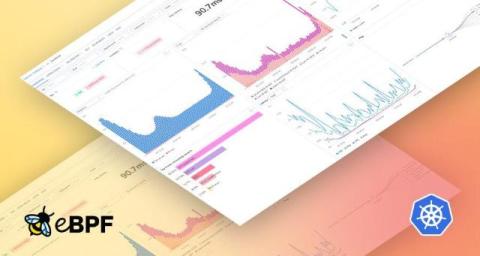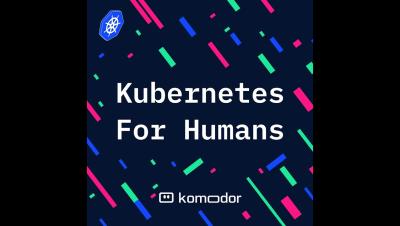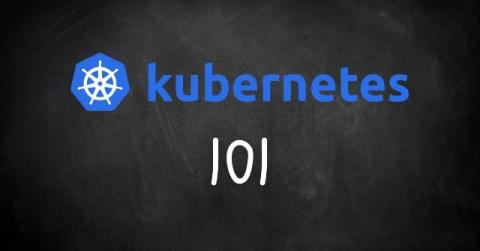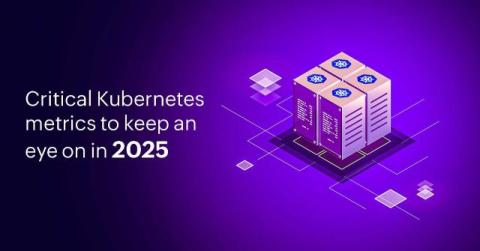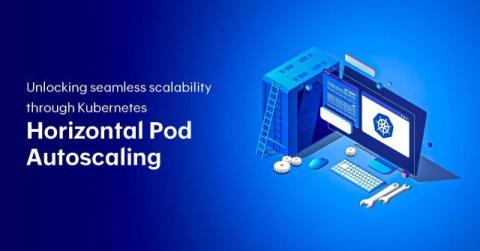Coralogix Releases eBPF Observability for K8s Workloads
There are several big barriers to an effective tracing strategy. Modern applications require complex code instrumentation, and legacy applications might not be so easy to alter, and that’s assuming every engineering team can be engaged to make the necessary changes. eBPF & OpenTelemetry flip this entire problem on its head, and Coralogix is one of the first major observability platforms to leverage this exciting functionality, to provide an unobtrusive, low risk overview of your system.


